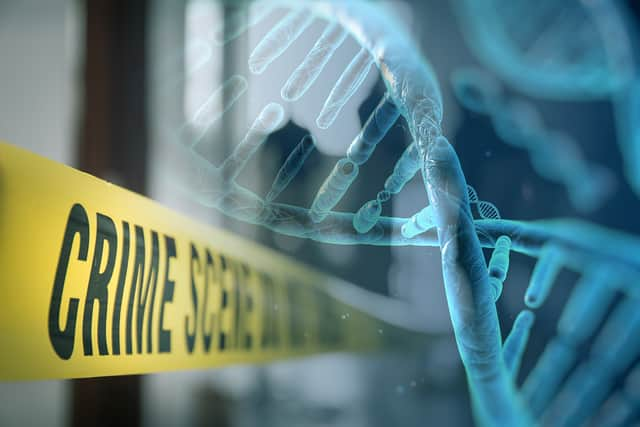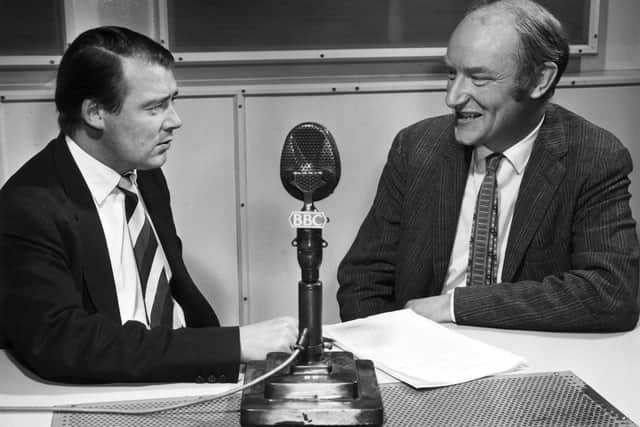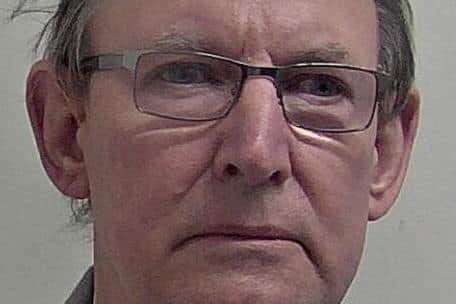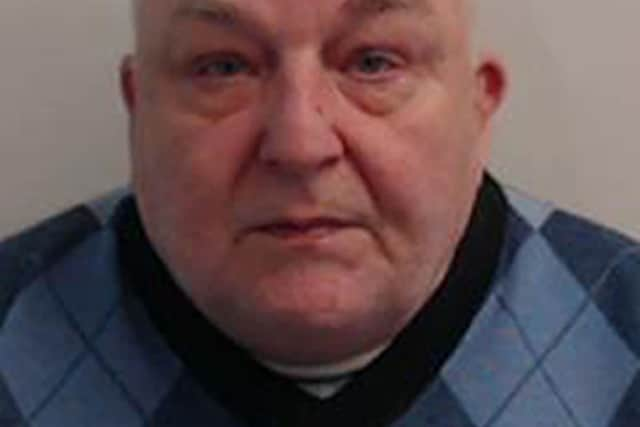Who discovered DNA? what it is, what it stands for - and its use in solving crimes
and live on Freeview channel 276
Over the past four decades DNA has become an integral part of solving crime.
Advances in technology in recent years means DNA has led not only to more convictions, but has also helped clear those accused of crimes they didn’t commit.
Advertisement
Hide AdAdvertisement
Hide AdBut when was it discovered, how does it work and what are some of the cases it has been used in?
What is DNA and how is it structured?


DNA, or deoxyribonucleic acid, is the hereditary material in humans. Nearly every cell in a person’s body has the same DNA.
The information in DNA is stored as a code made up of four chemical bases - and human DNA consists of about 3 billion bases.
DNA is a two-stranded molecule and has a double helix shape like a twisted ladder.
Advertisement
Hide AdAdvertisement
Hide AdEach strand is composed of long sequences of the four bases.
DNA determines factors such as eye and hair colour, as well as traits such as height.
Half of people’s DNA comes from their mother and half from their father. DNA is unique to each of us, with the exception of identical twins.
When was DNA first discovered?
DNA was first identified in the 1860s by a Swiss chemist called Johann Friedrich Miescher.


Advertisement
Hide AdAdvertisement
Hide AdHe was originally studying how white blood cells were made up and came across a substance he called a nuclein.
But its double helix structure was not discovered until 1953. This discovery is often credited to James Watson and Francis Crick - but their research relied on the work of others.
What recent advances have been made with DNA?
Researchers have now published the first complete gapless sequence of a human genome – the blueprint of our DNA.
Scientists say having a complete, gap-free sequence of the roughly three billion letters in our DNA is important for understanding genetic diseases, human diversity and evolution.
Advertisement
Hide AdAdvertisement
Hide AdIn addition to the medical implications, the full genome helps to answer the question of what makes us distinctly human.
Some of the genes that were gaps in the original genome are thought to be critically important in helping to make a bigger brain in humans compared to other apes, the researchers suggest.
The human genome is made up of just over six billion individual letters of DNA spread among 23 pairs of chromosomes.
How long has DNA been used to solve crime?
DNA profiling was used in the UK for the first time in the 1980s.
Advertisement
Hide AdAdvertisement
Hide AdIn 1985, Sir Alec Jeffreys at the University of Leicester pioneered the development of DNA profiling.
A DNA profile can be taken from samples including blood (from white blood cells), saliva and from surfaces or objects that someone has touched or been in contact with.
DNA is used to solve all sorts of crime.
Describing how it is useful, the Scottish Police Authority website states: “The forensic scientists will look for suitable samples at a crime scene and will also exam items such as weapons or clothing where DNA may be present.
“If a person’s reference DNA profile differs from that of the crime sample then he or she can be excluded as a contributor to that sample. If, however, the DNA profiles obtained from the crime and reference samples match then this person may have contributed DNA to the sample.
Advertisement
Hide AdAdvertisement
Hide Ad“The ability to tell individuals apart, and to provide statistical weight to the findings, is why DNA has become so useful in criminal investigations. Evidence from DNA profiling contributes to many cases.”
The UK National DNA Database holds profiles and samples from a number of individuals. It is the largest database of its kind in the world and is continuing to grow each year.
Every profile in the database is from a sample of human material, such as saliva or hair, collected from a crime scene.
Matches from a profile at a crime scene and one of the database can help to identify a suspect.
What are some of the cases DNA has helped solve?
Advertisement
Hide AdAdvertisement
Hide AdColin Pitchfork - Pitchfork was jailed for life in 1988 after raping and strangling 15-year-olds Lynda Mann and Dawn Ashworth in Leicestershire in 1983 and 1986. It was the first time DNA profiling was used in a criminal case in the UK.


The DNA profiles obtained from samples from the victims showed that both murders had been carried out by the same individual. The DNA profiles obtained from theses samples did not match that of the prime suspect at the time.
However, all adult males in three villages - a total of 5,000 men - were asked to volunteer and provide blood or saliva samples - this led to Pitchfork’s arrest.
Another man pretended to be him and took the test as Pitchfork claimed he had already done it, when this came to light Pitchfork was arrested. While Pitchfork confessed to the murders, DNA testing showed his profile matched a sample from the murders.
Advertisement
Hide AdAdvertisement
Hide AdDavid Fuller - The double murderer who sexually assaulted more than 100 dead bodies of women and girls was finally brought to justice after evading it for 33 years through familial DNA.


He had beat and strangled Wendy Knell, 25, and Caroline Pierce, 20, to death before sexually assaulting them in two separate attacks in Tunbridge Wells, Kent, in 1987.
A DNA profile from the scene of Ms Knell’s murder was added to the DNA database in 1999. But the breakthrough came after a review of the database looking at profiles which could have familial links to the suspect.
A list of 1,000 names was compiled of those most closely linked genetically. Of these, police then identified around 90 individuals.
Advertisement
Hide AdAdvertisement
Hide AdVoluntary samples were taken and one of these had been provided from a person who during previous Kent Police reviews had not been on the National DNA database.
Through this person, a relative was identified - David Fuller. Samples Fuller left on Ms Knell’s duvet made Fuller one billion times more likely to be the killer.
Graham McGill
The convicted rapist was snared for the 1984 murder of Mary McLaughlin, 58, through a DNA breakthrough.


McGill, 59, was an inmate at HMP Edinburgh on temporary release when he strangled her in Partick, Glasgow.
Advertisement
Hide AdAdvertisement
Hide AdThe cold case remained unsolved until modern DNA techniques placed McGill in her flat with a greater than billion-to-one likelihood. Experts were able to analyse evidence from the scene that had been preserved by the original investigating officers before such techniques were available to them. McGill was jailed for life last year.
Henry McCollum and Leon Brown
In the US brothers Henry McCollum and Leon Brown spent decades in jail before DNA evidence cleared them of the rape and murder of an 11-year-old girl.
McCollum was 19 and Brown 15 when they were wrongfully arrested in 1983 for the rape and murder of a young Sabrina Buie in North Carolina.
They were exonerated in 2014 by new DNA evidence.
